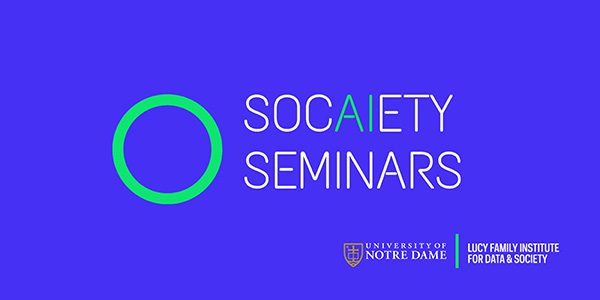Asteroid Mining: A Trillion Dollar Industry for the 21st Century
Subscribe to the ThinkND podcast on Apple, Spotify, or Google.
Featured Speakers:
- Robert Jedicke, Professor of Astronomy, University of Hawaii
The fifth event in the Life Beyond Earth series on ThinkND featured Robert Jedicke, a Professor of Astronomy at the University of Hawaii. Jedicke became involved in asteroid mining because it seemed like a promising and lucrative business technology. He has ten years of asteroid mining experience and about 30 years of experience in asteroid and comet research. Jedicke said that asteroid mining is a business seeking to use water found in asteroids as a way to fuel spacecraft. The asteroid mining industry’s first customer was a company called the United Launch Alliance, who was willing to pay $10,000 per liter of water as long as the water could make it to space.
Jedicke is employed by Trans Astronautica Corporation, an asteroid mining development company. His work specifically relates to mining water from asteroids, rather than minerals and other materials that can be found in asteroids. According to Jedicke, water is abundant in space. For example, Ceres, one of the largest asteroids in space, is said to contain more water than Earth. In space, water can be used to fuel a spacecraft, and it can also be used on Earth for human uses.
Jedicke discussed that the asteroid mining process is not simple. There are many factors that help determine which asteroids can be mined and which cannot. Only a small portion of the many asteroids found in the solar system can be used for mining purposes. Location, velocity, and the expected concentration of water in an asteroid all contribute to determining which asteroids can be easily mined. Once an asteroid is mined, the water is used to fuel spacecraft directly in space, which eliminates the time, money, and additional fuel needed to launch and land space missions.
Jedicke’s goal for this project is to conduct two asteroid mining space missions per year and mine about 100 tons of water. Though the success of this goal is uncertain, the technology and visions of space mining could change the space industry in the future.
- Asteroid mining is a space industry seeking to make money and change space travel for the future, 8:37.
- Water can be found everywhere in the universe, on Mars, on the moon, and on Earth, 20:00
- The asteroid Ceres is believed to possess more water than the Earth, 21:00.
- Right now there are more asteroids closer to Earth than the moon. However, not all of these asteroids are equally accessible for mining purposes, 28:44.
- “What we want to do is get water from the moon or from asteroids, and use the water to fuel the spacecraft, which we then sell to customers.” — Robert Jedicke, 10:50
- “If we’re up there, we’re actually using the water in space. That means we no longer have to come back down to Earth surfaces and leave again. We can start our missions in space and go to other asteroids, we can go to other planets, we can go to outer space stations.” — Robert Jedicke, 45:00
- “We go to the target, we spend maybe 90 to 180 days mining the target and extracting the water. Then we return to the Earth-Moon system, and we deliver water to customers in cislunar space and make a lot of money.” — Robert Jedicke, 1:03:00
Related Content
A Brave New World of AI Governance
Explore the connection between data, geopolitics and governance, regulation, self-regulation while discovering examples of good and bad practices in various sectors, such as...
View EventAlgorethics: potentiality and challenges in the age of AI
Explore the possibilities and challenges in ethical governance of AI through algorethics. Algorethics is a term that has been developed since 2018 to denote the need for a study...
View EventTechnology and Democracy
U.S. society is in the throes of deep societal polarization that not only leads to political paralysis, but also threatens the very foundations of democracy. The phrase “The...
View Event
